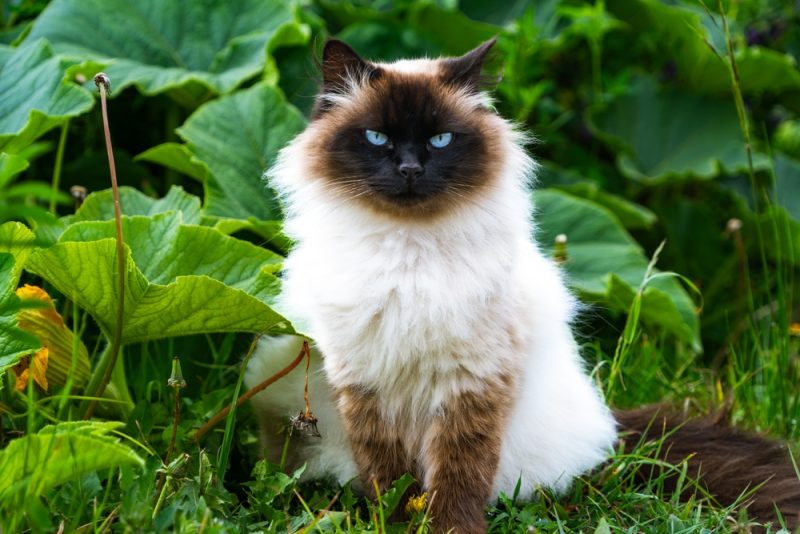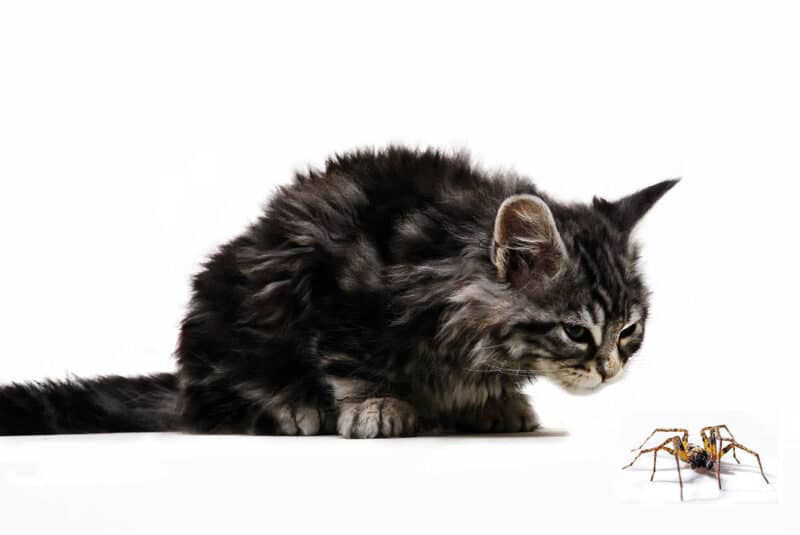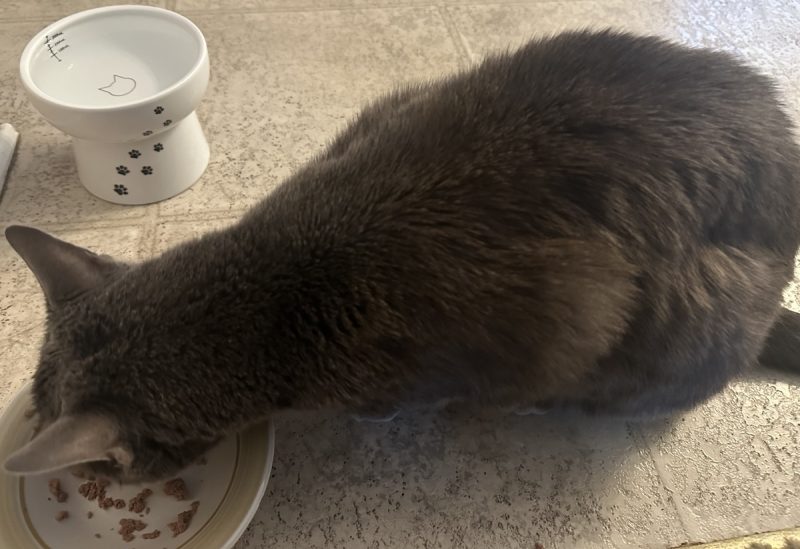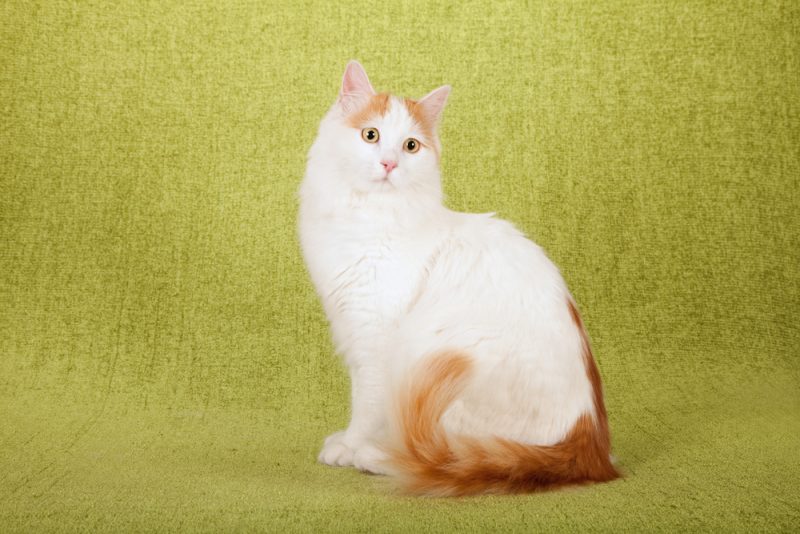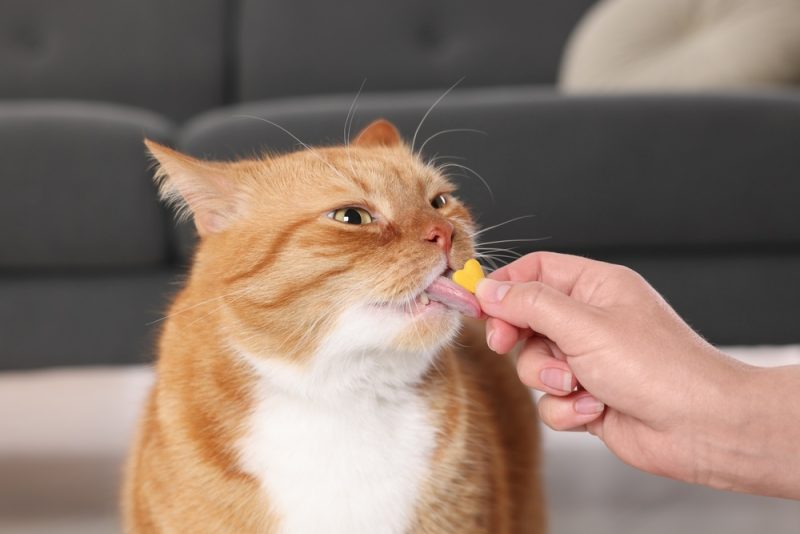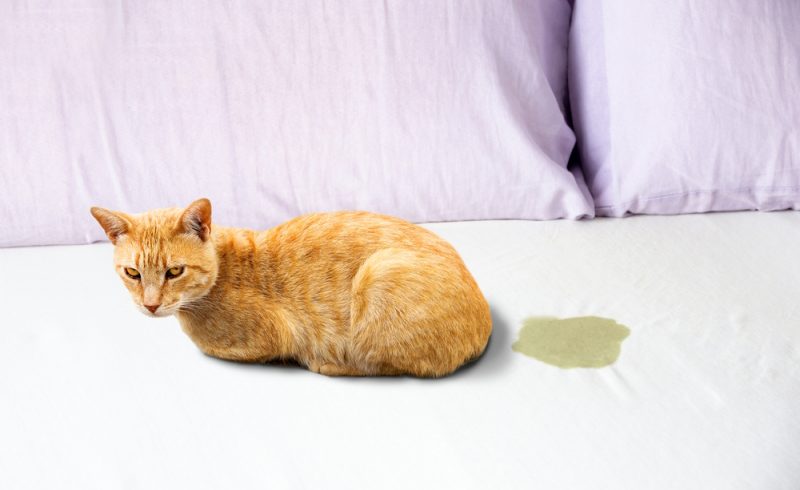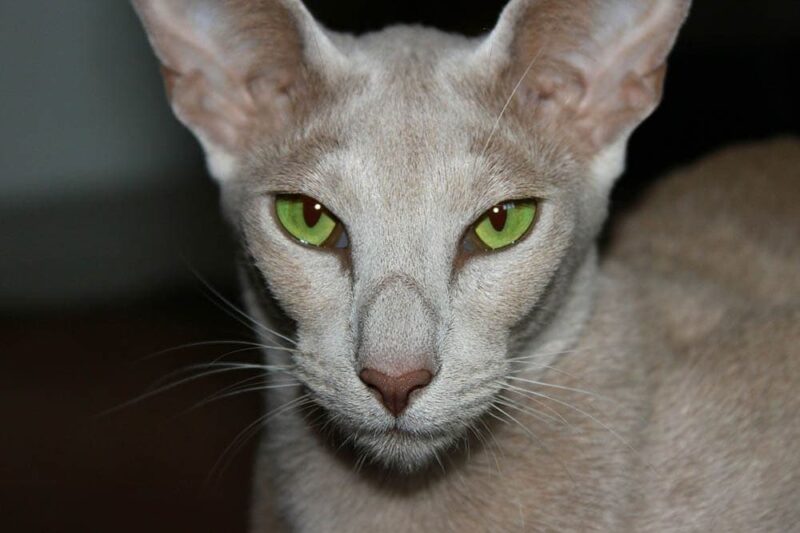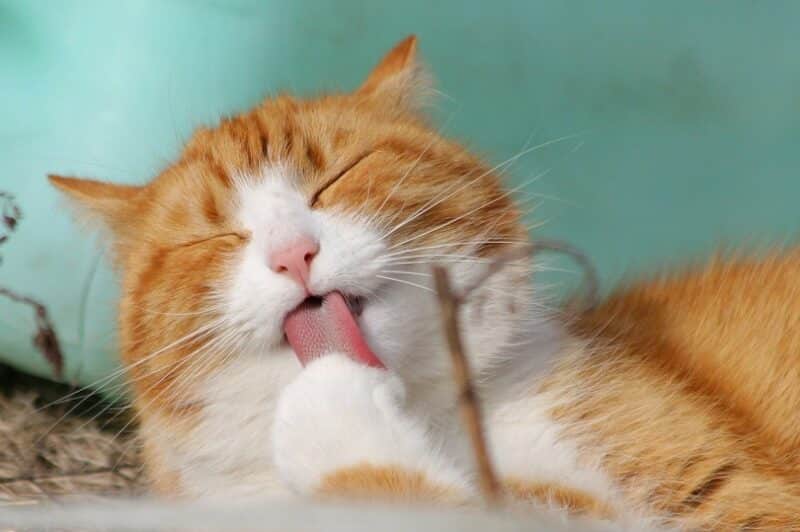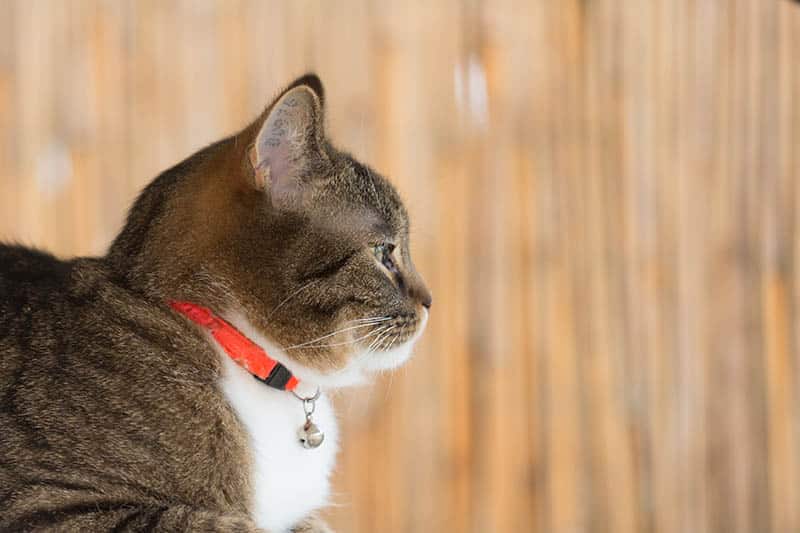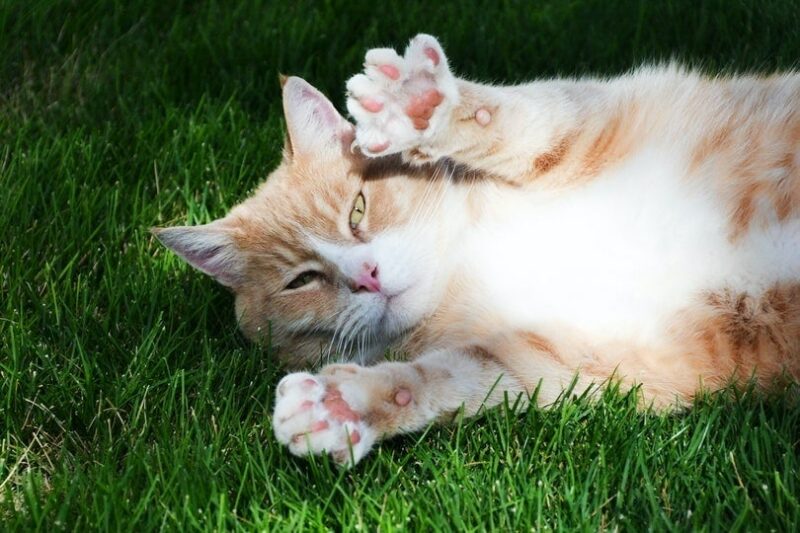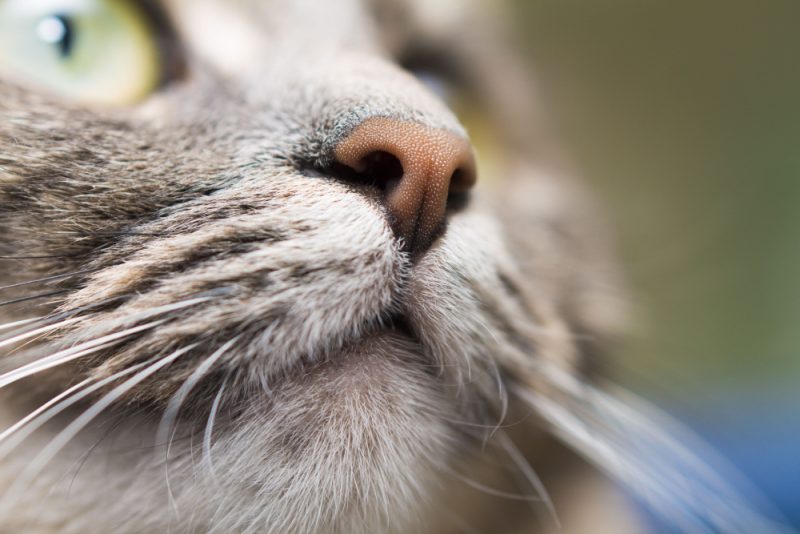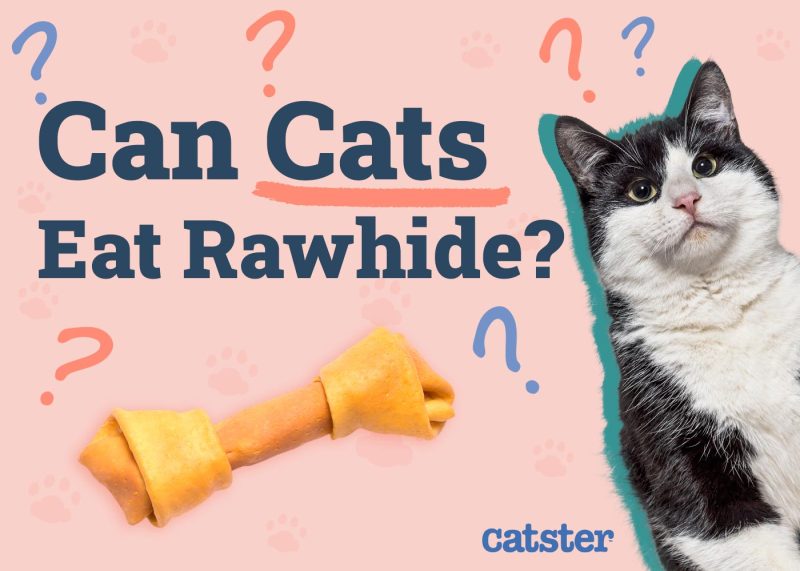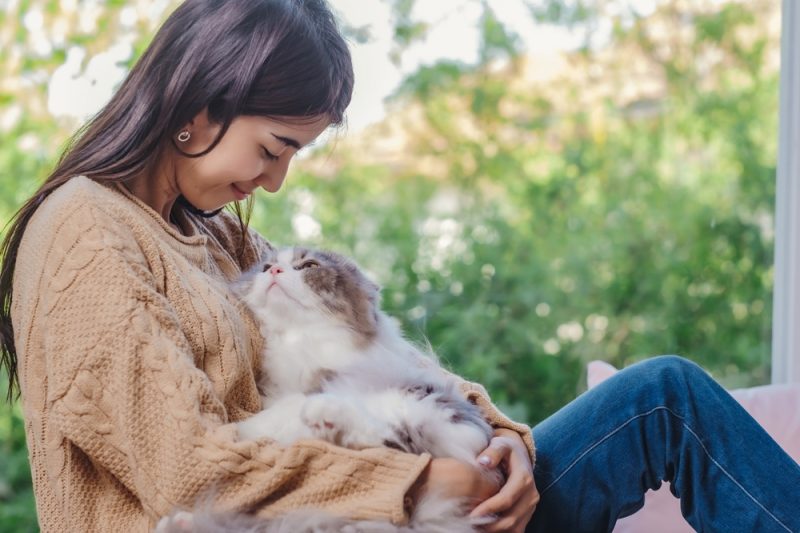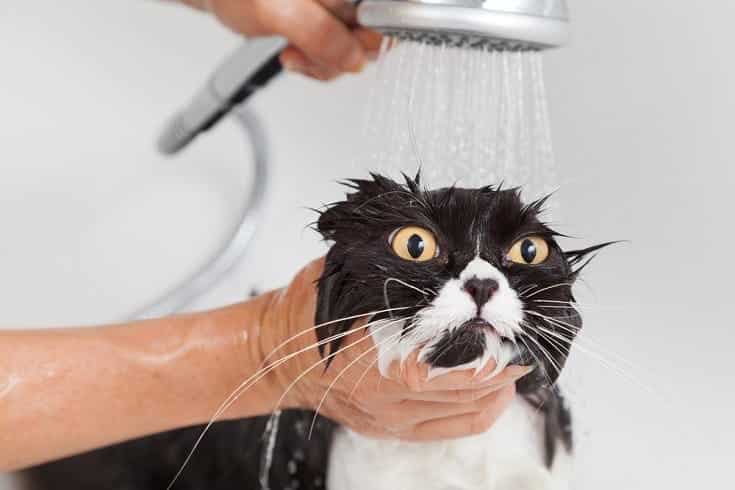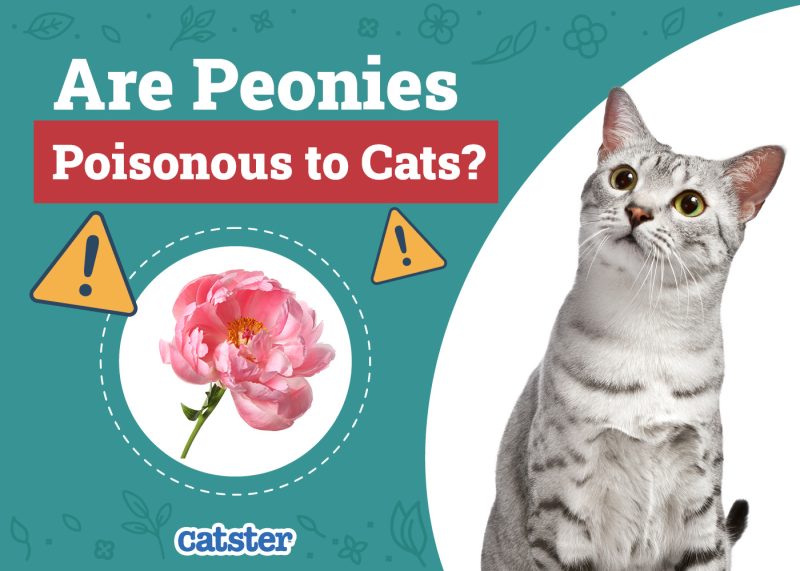As much as we’d like to think the world is divided into “cat people” and “dog people,” the truth is more complicated. Some dogs are as independent and aloof as the stereotypical cat. At the same time, you’ll also find cats that act like dogs in that they are as loyal, loving, and intelligent as we think all dogs should be. If that sounds like your ideal feline companion, here are 14 cat breeds that act like dogs.

The 14 Cat Breeds That Act Like Dogs
1. Maine Coon
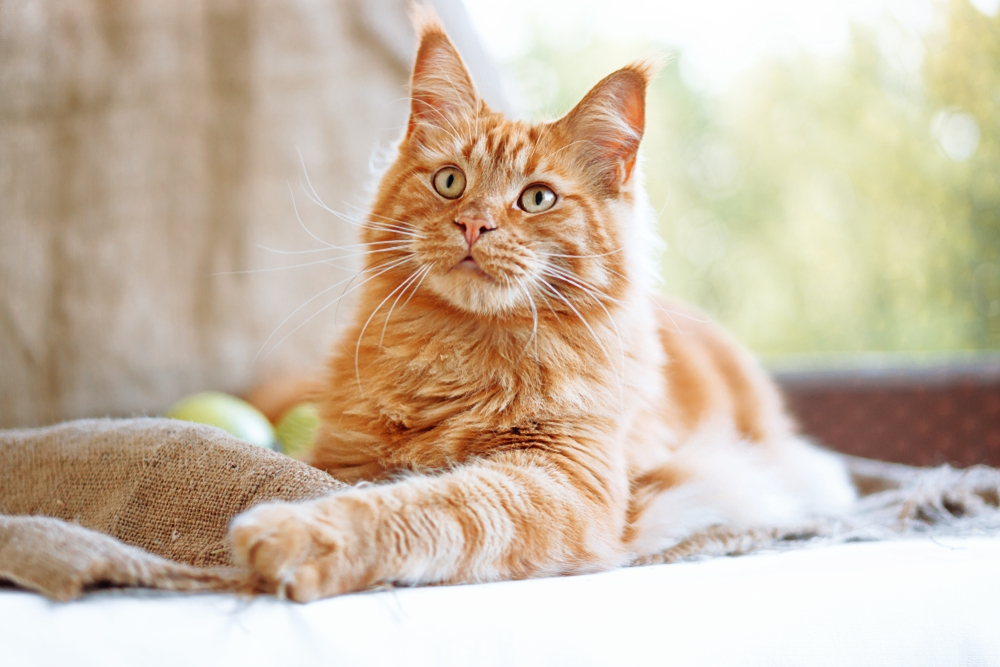
| Weight: | 8–18 pounds |
| Life expectancy: | 12–15 years |
As one of the largest breeds, Maine Coons outweigh many small dogs. Maine Coons are gentle, friendly cats who have even been used as therapy animals. This breed is low-key and adaptable, like a feline Golden Retriever! They usually get along with all family members, human or animal. Maine Coon cats are smart and trainable. They always prefer to be close to their humans and often follow them around the house and even into the bathroom. Unlike many cats, Maine Coons like water, which is another trait more commonly associated with dogs.
2. Ragdoll
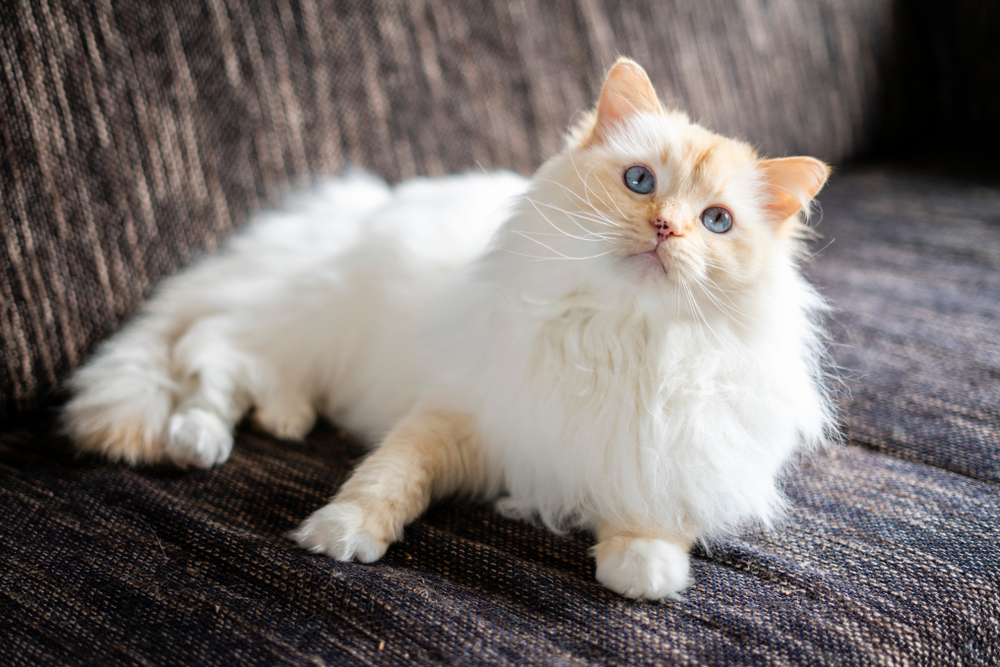
| Weight: | 10–20 pounds |
| Life expectancy: | 14–16 years |
Gorgeous Ragdoll cats have the calm personality and laid-back energy of a giant dog. These cats prefer to avoid climbing and heights, which is unusual in the feline world. As affectionate felines, Ragdolls want to be close to their people as much as possible. These cats act like dogs in various ways, such as greeting their owners at the door. Ragdolls can be trained to play fetch and come when called, just like a well-mannered dog.
3. Bengal
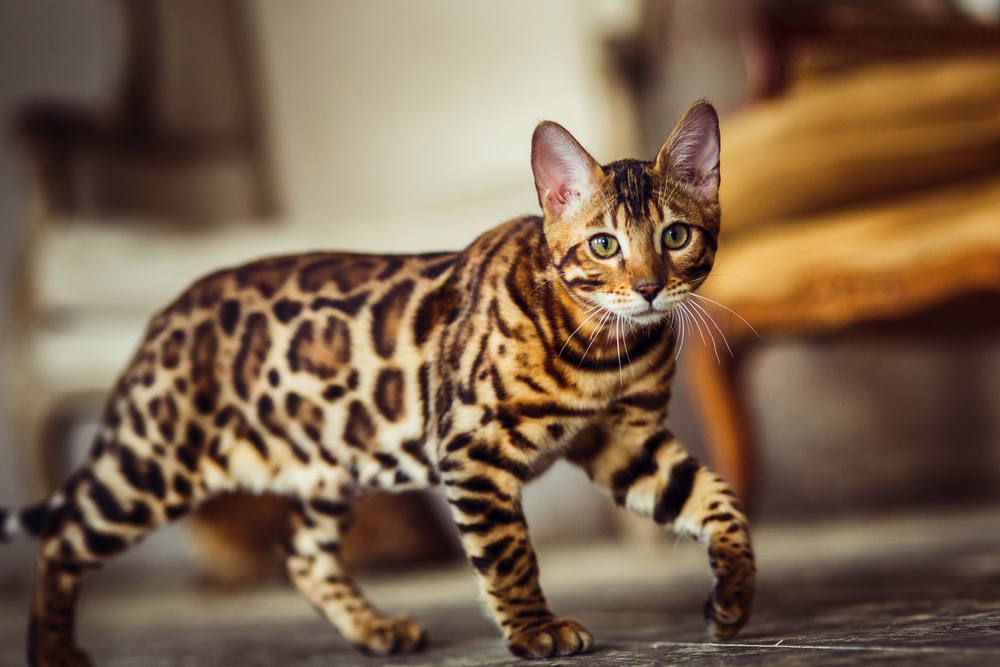
| Weight: | 8–15 pounds |
| Life expectancy: | 12–16 years |
They may look like wild felines, but Bengal cats frequently act more like dogs. They’re athletic and affectionate and love to play with their owners. Since they’re intelligent and willing to learn, Bengal cats can be taught tricks and commands just like dogs. They also enjoy playing in the water and get along well with kids and other family pets. Bengal cats are devoted pets and happiest when they spend time with their people. Like dogs, they require a lot of exercise and stimulation, so if you’re looking for a quiet house cat to sleep on your lap all day, the Bengal is not for you.
4. Abyssinian
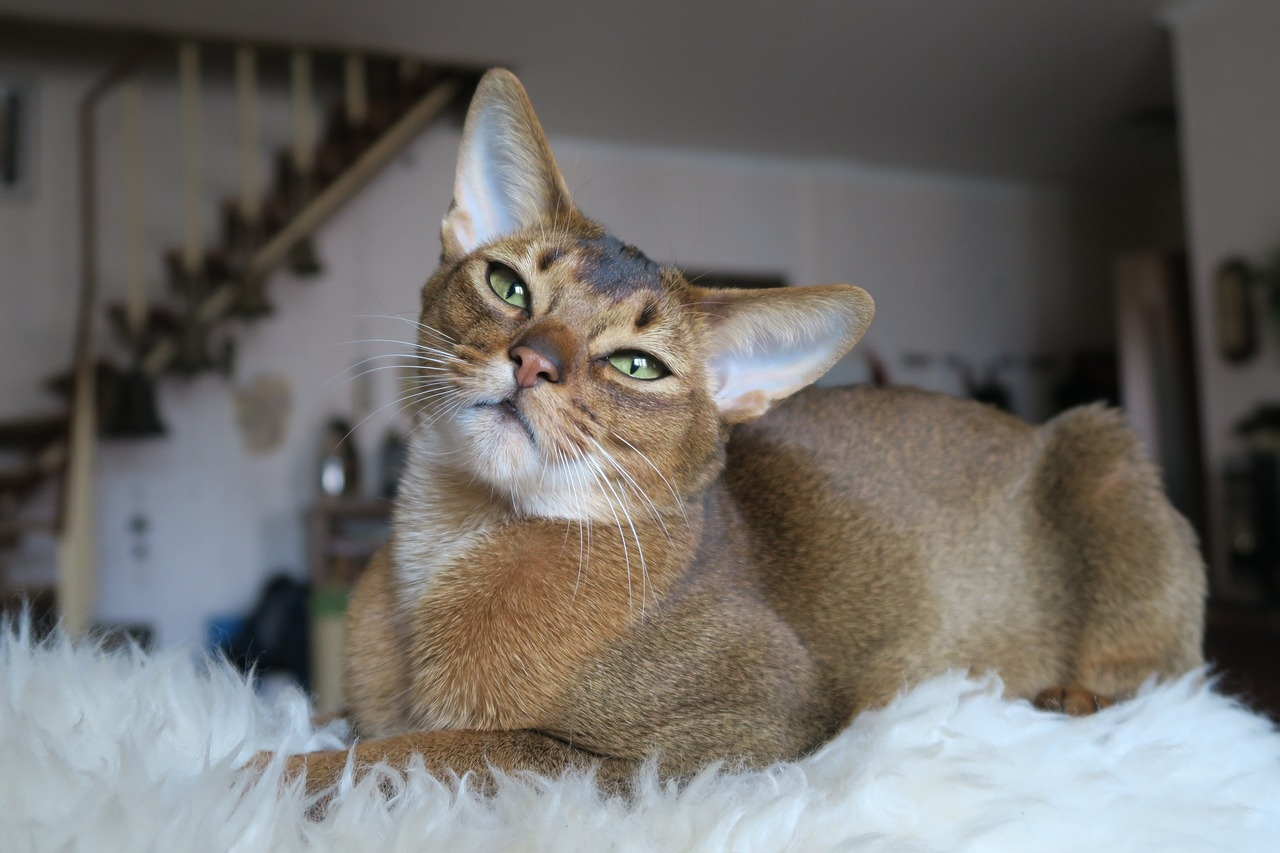
| Weight: | 8–12 pounds |
| Life expectancy: | 9–13 years |
As one of the oldest breeds, the Abyssinian are also among the most loyal and devoted to their owners. These highly intelligent cats generally get along well with other pets and family members. In fact, the social Abyssinian doesn’t like to be left out or left alone. They want to be close to their humans and “assist” with all daily activities, whether you want them to or not! An Abyssinian may even perch on your shoulder. Don’t assume you must leave an Abyssinian home during outdoor adventures; they can learn to walk on a leash like a dog.
5. Bombay
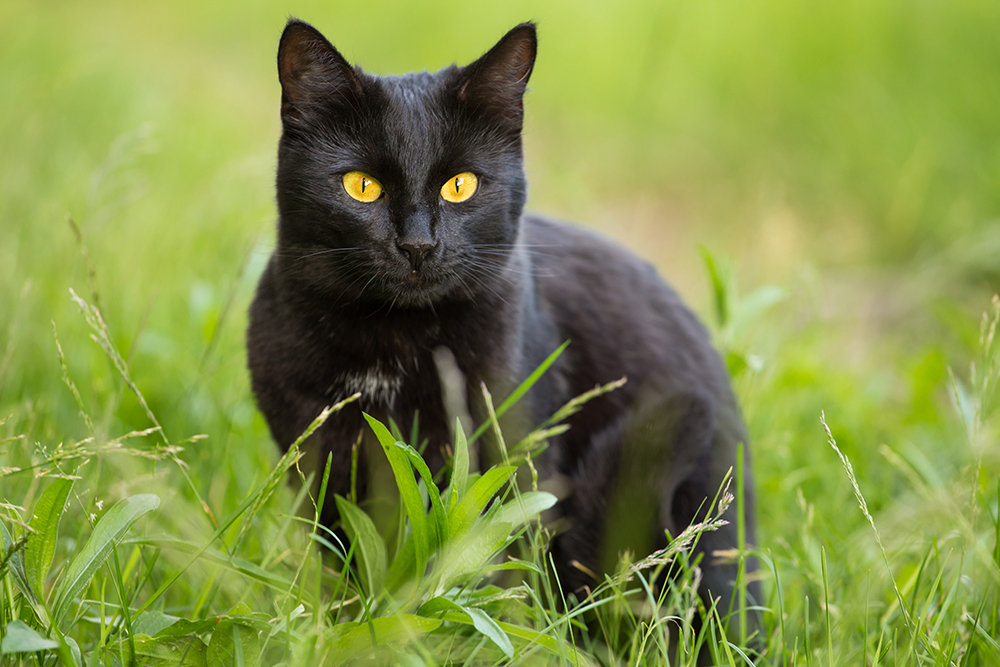
| Weight: | 8–15 pounds |
| Life expectancy: | 12–18 years |
Bombay cats may look like mini panthers, but they act more like bouncing black Labradors. They’re friendly, outgoing, and just a bit naughty, but they’re fun to live with and certainly never dull. Bombay cats are smart and loving and adapt easily to busy families with kids and other pets. They can be taught to walk on a leash and play fetch. Bombay cats are curious, cuddly, and bursting with personality.
6. Siamese

| Weight: | 6–14 pounds |
| Life expectancy: | 15–20 years |
The Siamese is one of the breeds most commonly labeled as “dog-like.” They are among the most people-oriented of all felines. They always want to be near their humans, whether snuggling in their lap or hovering nearby as they work from home. The Siamese is also one of the most talkative and demanding cats. Like a yappy toy-breed dog, these cats always have something to say. Siamese cats are smart and easily trained, and they learn tricks and commands to make their humans happy.
7. Manx
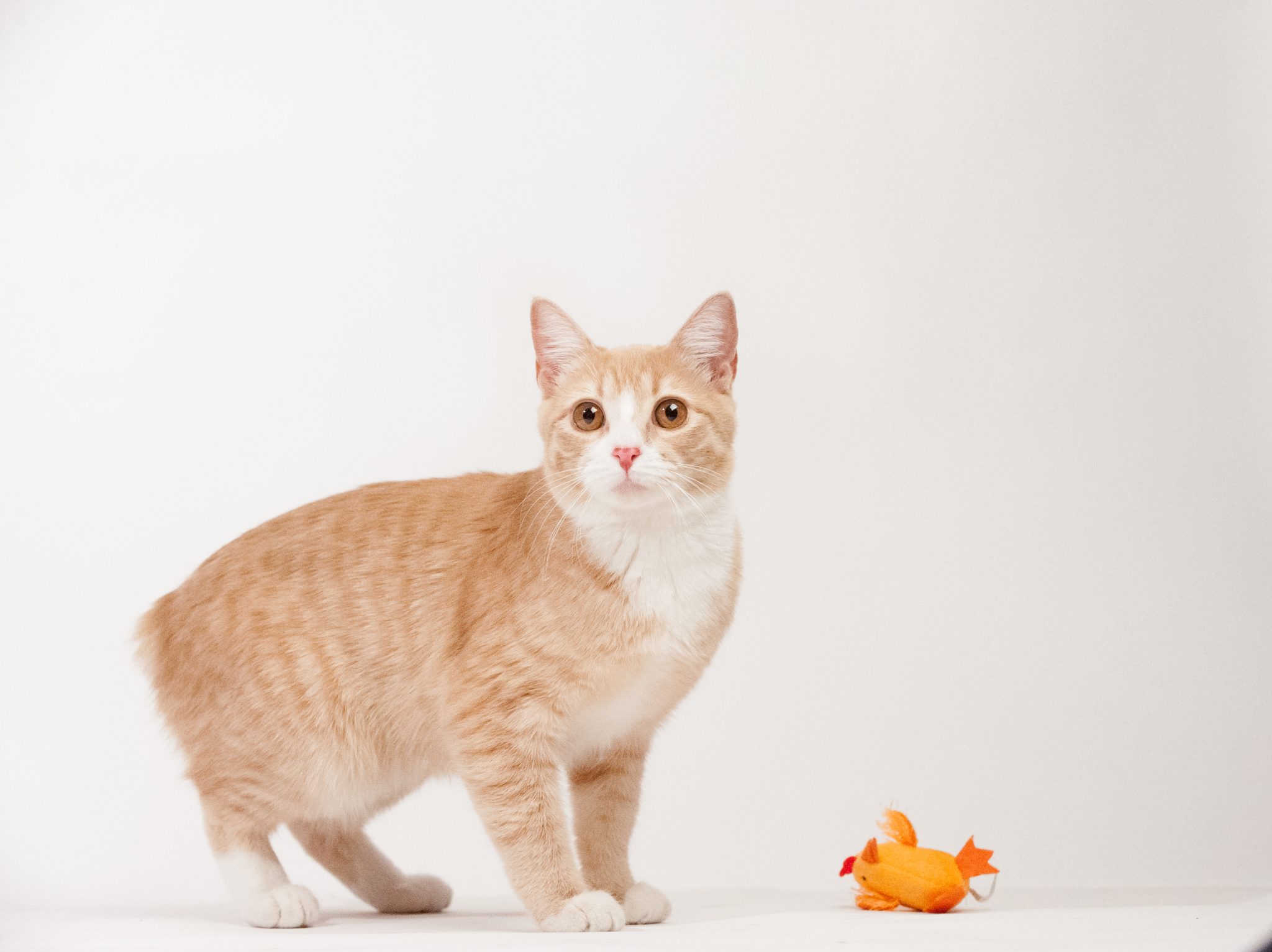
| Weight: | 8–12 pounds |
| Life expectancy: | 14–16 years |
Known as the tail-less cat, the Manx is one of the most loyal and devoted breeds. These playful cats love interacting with people and are especially fond of children. Manx cats are fast, agile, and the perfect playmates for kids and other pets. They’re social and entertaining, happy to be the center of attention. The intelligent Manx can be taught to come when called and have even been known to be protective of their family, just like a watchdog.
8. Sphynx
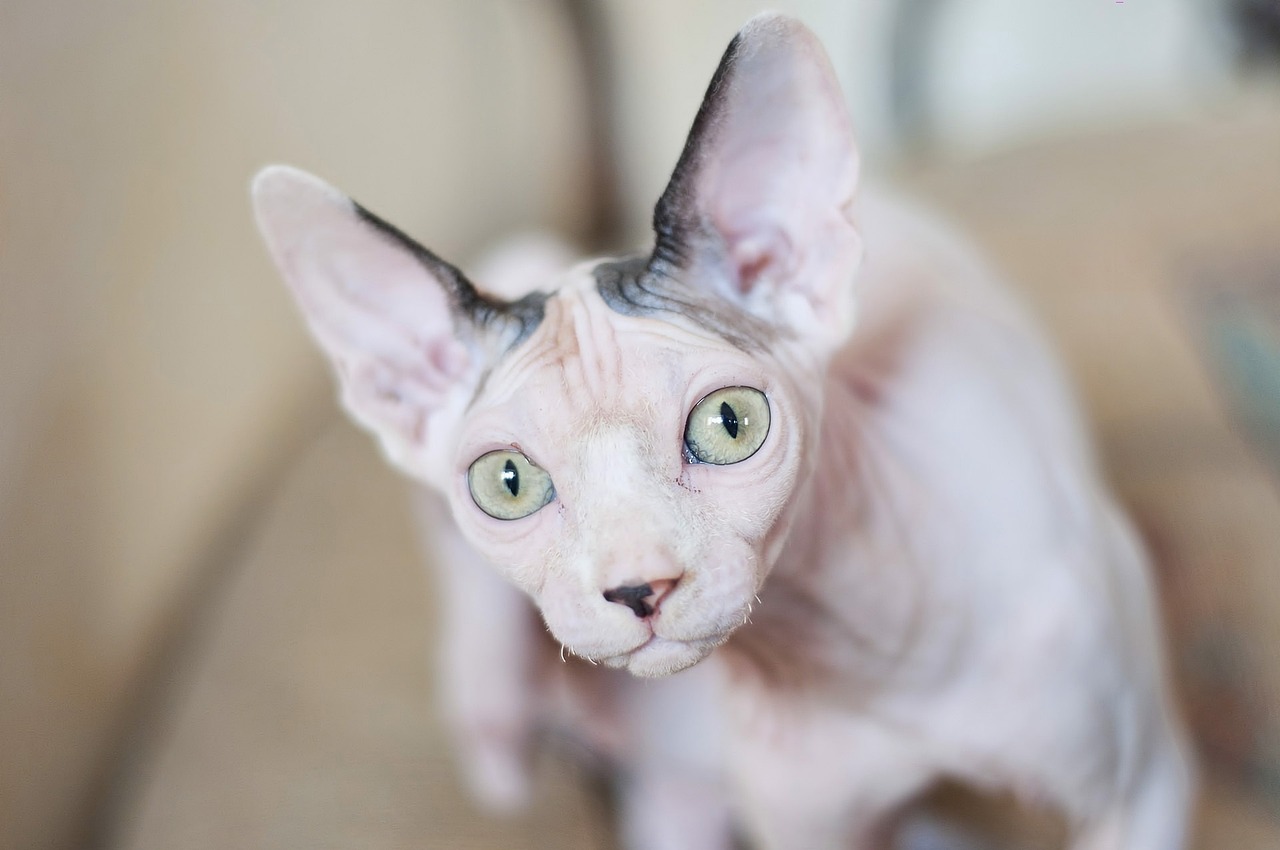
| Weight: | 10–12 pounds |
| Life expectancy: | 8–14 years |
As one of the most unique breeds, the Sphynx is best known as the “hairless cat,” but they often have short peach fuzz rather than a complete lack of hair. Sphynx are intelligent and loving and adore human interaction; many are happy to accompany their owners in the car or on other adventures. Just make sure to dress them warmly if it’s chilly outside, and protect them from getting too much sun! Sphynx cats usually get along with dogs and other feline companions, but they prefer human friends.
9. Birman
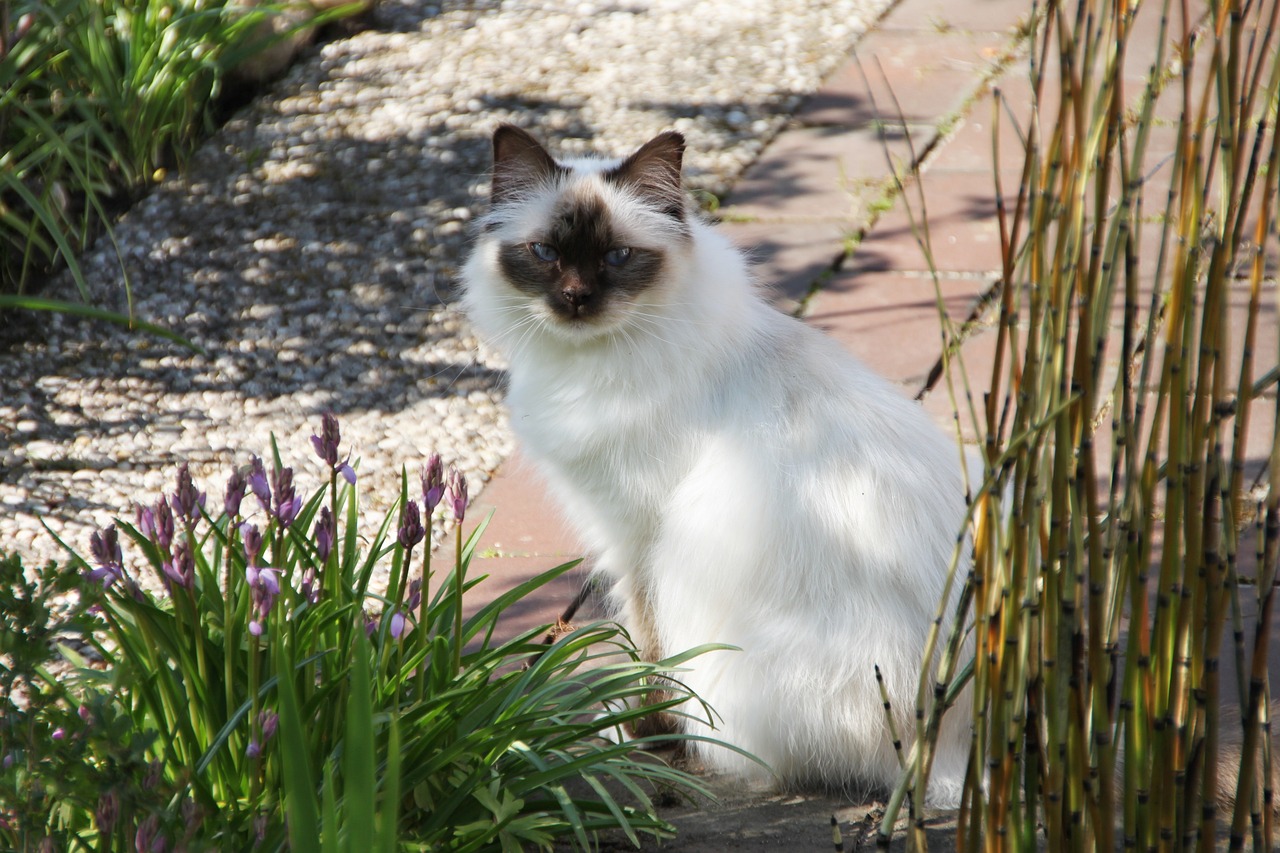
| Weight: | 6–12 pounds |
| Life expectancy: | 13–15 years |
As one of the sweetest and calmest cats, the Birman is ideal for families because they’re patient and tolerant. You’ll be unable to get a moment by yourself because the Birman will follow you wherever you try to hide. Birmans love to play and crave attention from people. The social Birman typically gets along with other pets and any human they encounter, regardless of age. Dogs may be considered a person’s best friend, but Birman also makes a strong case for the role.
10. American Bobtail
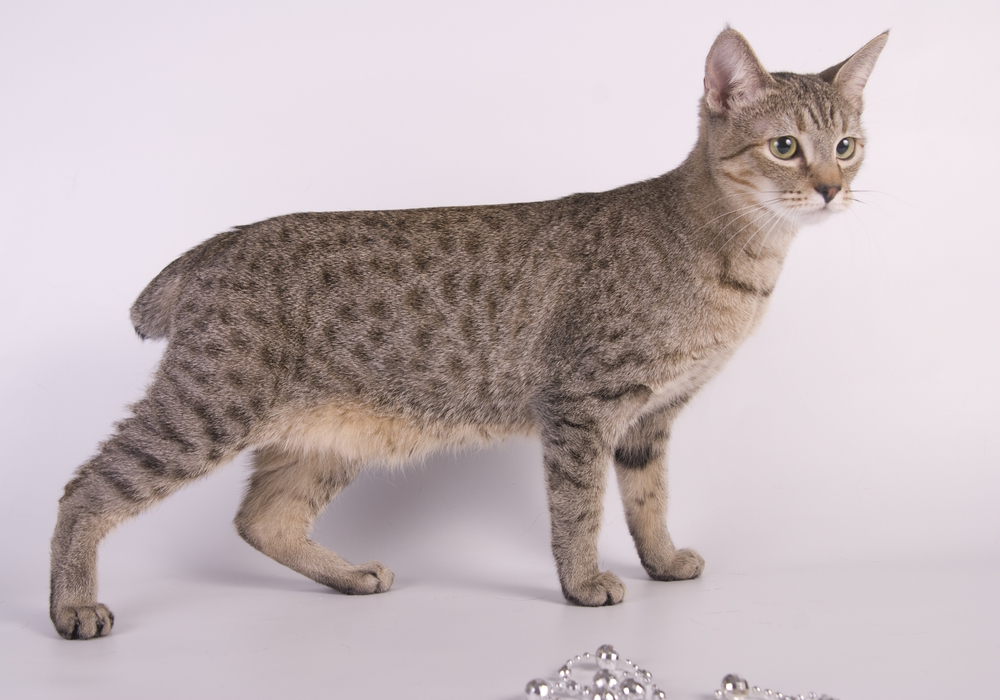
| Weight: | 7–16 pounds |
| Life expectancy: | 13–15 years |
The American Bobtail resembles a wild Bobcat, but they form tight bonds with their humans like the most devoted dogs. American Bobtails can learn to walk on a leash and play fetch as one of the most intelligent breeds. They will play for hours if given the chance. They typically get along with all the people and other pets they encounter. American Bobtails are sensitive, responsive to human emotions, fun-loving, and cuddly. They love to “talk” with their owners and are always happy to make new friends.
11. Turkish Angora
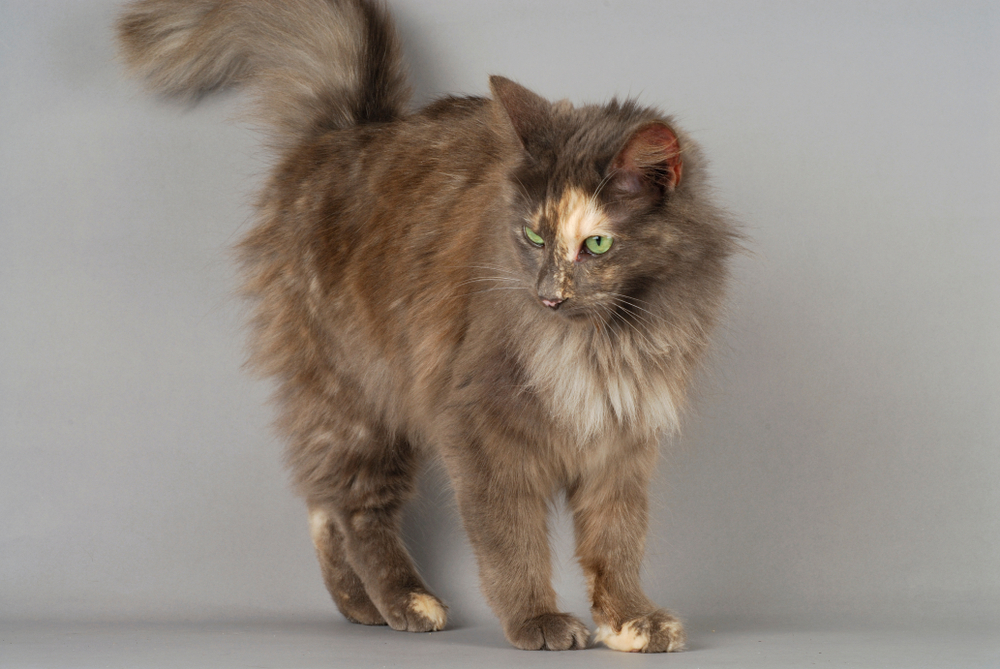
| Weight: | 5–10 pounds |
| Life expectancy: | 12–18 years |
If you’re looking for a cat who loves socializing as much as you do, the Turkish Angora is ready to party. This ancient breed is energetic and loves interacting with everyone, including new human friends. Although they’re smart and playful, Turkish Angoras can be a bit strong-willed. They’ll usually get along with other pets, but they will want to be in charge. Kids will have a lot of fun playing with a Turkish Angora.
12. Ragamuffin
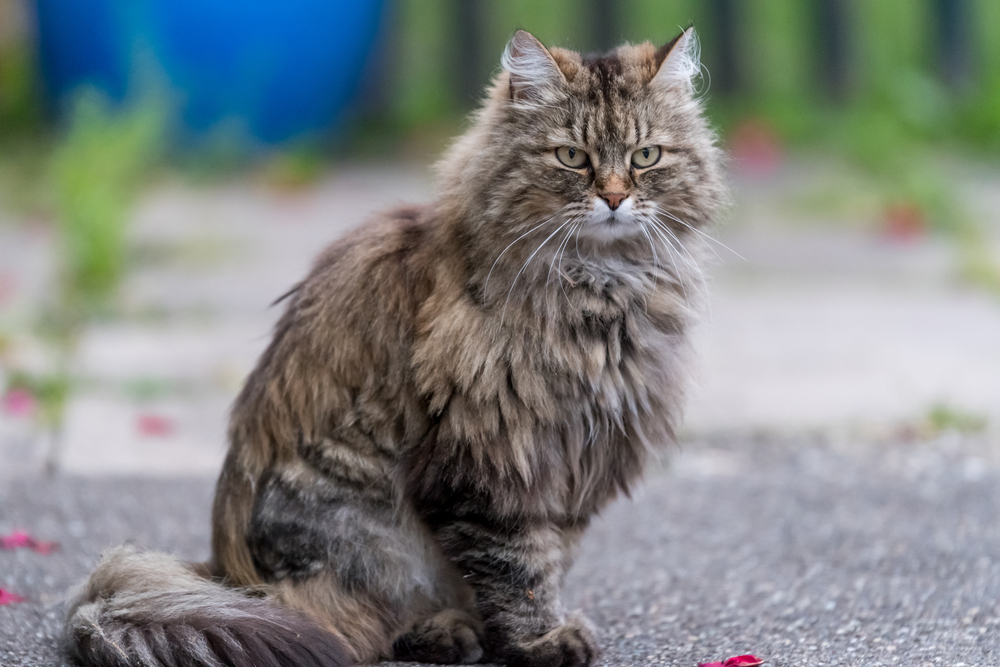
| Weight: | 10–20 pounds |
| Life expectancy: | 15–18 years |
As one of the newest cat breeds, the Ragamuffin is a large, shaggy kitty with a sweet and mellow temperament. They’re calm and loyal and bond closely with their family. Ragamuffins are happy to cuddle but ready to play when the mood strikes. Like many dogs, they’re eager to please and can learn tricks and how to walk on a leash. This breed is extremely tolerant, making them lovely companions for children.
13. Burmese
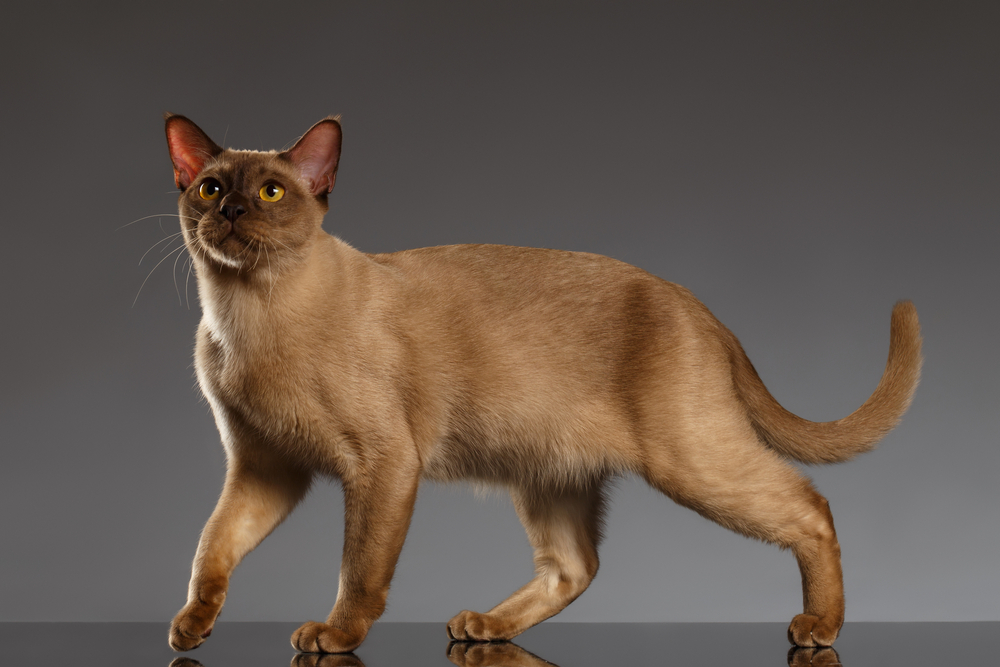
| Weight: | 8–12 pounds |
| Life expectancy: | 16–18 years |
The Burmese cat fully expects to be in charge of the house and will become involved in whatever you happen to be doing. They are brave, playful, and loving. Like a dog, the Burmese typically follow their owners around and love to be cuddled and petted. They usually do well with children and enjoy other pets. The Burmese can also learn to play fetch, and if you think you don’t like cats, the dog-like Burmese cat might change your mind.
14. Japanese Bobtail
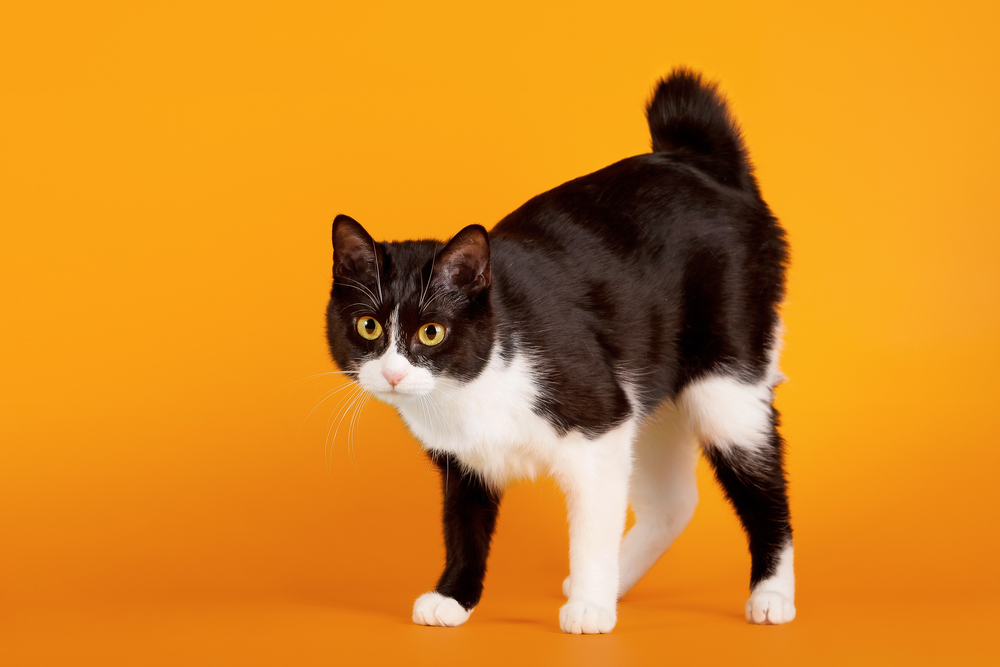
| Weight: | 5–10 pounds |
| Life expectancy: | 15–18 years |
The Japanese Bobtail is as athletic and energetic as a Border Collie. They’re agile felines, love playing with human or animal friends, and get along well with kids. They enjoy carrying toys in their mouth, much like many dogs. The Japanese Bobtail loves to be involved in all parts of family life and will adapt to traveling and new environments. No one will ever accuse the Japanese Bobtail of avoiding human affection. Wherever you are, this stub-tailed kitty will want to follow.

Conclusion
If you’re interested in adding one of these cat breeds that act like dogs to your household, research them further to ensure they’re a good fit for your family. As purebred cats, many of them are prone to inherited health conditions. It’s best to look for a breeder who performs all the recommended genetic testing and is happy to answer your questions about their cats’ medical histories. These steps will help you get the healthiest “puppy cat” possible and hopefully enjoy many years of affection from your new pet.
- See also: Cat Breeds That Get Along Well With Dogs
Featured Image Credit: ecuadorplanet, Shutterstock
